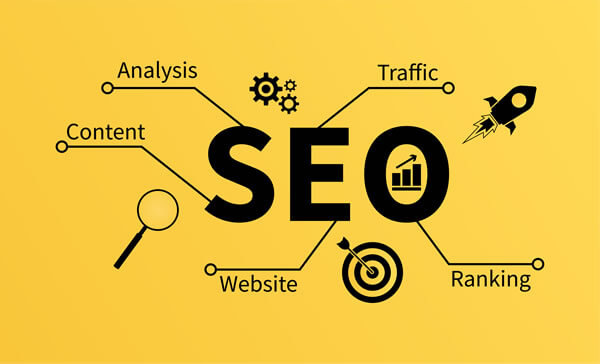Welcome to our blog post on the fascinating world of on-page SEO techniques for optimizing your website. In this article, we will be exploring the key strategies and best practices to enhance your website’s visibility and ranking in search engine results. Whether you are a general audience business owner or an individual interested in improving your website’s performance, this comprehensive guide will provide you with valuable insights and actionable tips for effective on-page SEO.
By focusing on the intersection of web design and SEO optimization, our goal is to help you create a website that not only looks visually appealing but also drives organic traffic and attracts potential customers. Let’s dive in and discover the fundamental principles of on-page SEO and how they can positively impact your website.
What is On-page SEO
On-page SEO, also known as on-site SEO, refers to the practice of optimizing individual web pages to improve their search engine rankings and attract more organic (non-paid) traffic. It involves making various optimizations directly on the web page itself to ensure that it is easily discoverable and understandable by search engines like Google, Bing, and others.
Why do you need On-page SEO?
Effective on-page SEO can help your web pages rank higher in search engine results pages (SERPs) for relevant keywords and phrases. Here are some key elements of on-page SEO:
Secrets of on-page SEO
Keyword Research
On-page SEO starts with identifying relevant keywords and phrases that your target audience is likely to use when searching for your content or products. These keywords should be strategically placed throughout your web page.
Include your target keywords naturally throughout the content, including in headings, subheadings, and the body of the text. Avoid keyword stuffing, which can lead to penalties.
Create high-quality, valuable, and engaging content that meets the needs of your audience. Longer, comprehensive content often performs better in search results. Regularly update and refresh your content to keep it current and relevant. This can signal to search engines that your site is active and valuable.
Title Tags
Another important element for on-page SEO strategy is to create unique, descriptive, and keyword-rich title tags for each page on your website. Title tags appear as the main headline in search engine results and in web browser tabs.
Meta Descriptions
Write compelling and informative meta descriptions that summarize the content of the page. Although meta descriptions don’t directly impact rankings, they can influence click-through rates from search results.
Header Tags (H1, H2, H3, etc.)
Use header tags to structure your content logically. The H1 tag should typically contain the main keyword and represent the main topic of the page.
Internal Linking: Add internal links to relevant pages within your website. This helps search engines understand the structure of your site and can improve user navigation.
Image Optimization for on-page SEO
Optimize images by using descriptive file names and alt text. This helps search engines understand the content of images, and it’s also important for accessibility.
Page Load Speed
Ensure that your web pages load quickly, as page speed is a ranking factor and affects user experience. Compress images, use browser caching, and minimize code where possible.
Mobile-Friendliness
Make sure your website is responsive and mobile-friendly, as Google gives preference to mobile-friendly sites in its rankings.
URL Structure
Create clean and descriptive URLs that include relevant keywords. Avoid using long, complex URLs with unnecessary parameters.
Importance of Schema Markup for on-page SEO
Implement structured data (schema markup) to provide search engines with additional information about your content. This can enhance how your content is displayed in search results.
User Experience (UX)
Ensure that your website provides a positive user experience by making it easy to navigate, with clear calls to action and readable fonts.
By optimizing these on-page elements, you can improve your website’s chances of ranking well in search engine results and providing a better experience for your visitors.
Keep in mind that on-page SEO is just one part of a broader SEO strategy, which also includes off-page SEO (e.g., link building) and technical SEO (e.g., site structure and performance optimization).
In conclusion, optimizing web design through on-page SEO techniques may not be rocket science, but it certainly requires hard work and dedication. By implementing effective strategies such as keyword optimization, meta tags, and user-friendly navigation, businesses can greatly enhance their online visibility and attract more organic traffic. Remember, on-page SEO is an ongoing process that requires continuous monitoring and adaptation. If you’re seeking more information or assistance in improving your website’s performance, don’t hesitate to contact us.


NetQwik is a web design and SEO company headquartered in Ashburn, Virginia. We are a one stop web solutions company and operate out of our offices in Ashburn, Fairfax, Richmond, Spotsylvania, Norfolk, Northern Virginia.
We have been rated as one of the best SEO agencies in Northern Virginia. Our services include web design, e-Commerce websites, local SEO, search engine optimization, social media marketing, content marketing, digital marketing, domain names and hosting, we provide it all.
If you are looking for a Northern Virginia SEO and web design company to launch your next project, give us call at 800-657-5432 or fill out our contact form for a free consultation.


